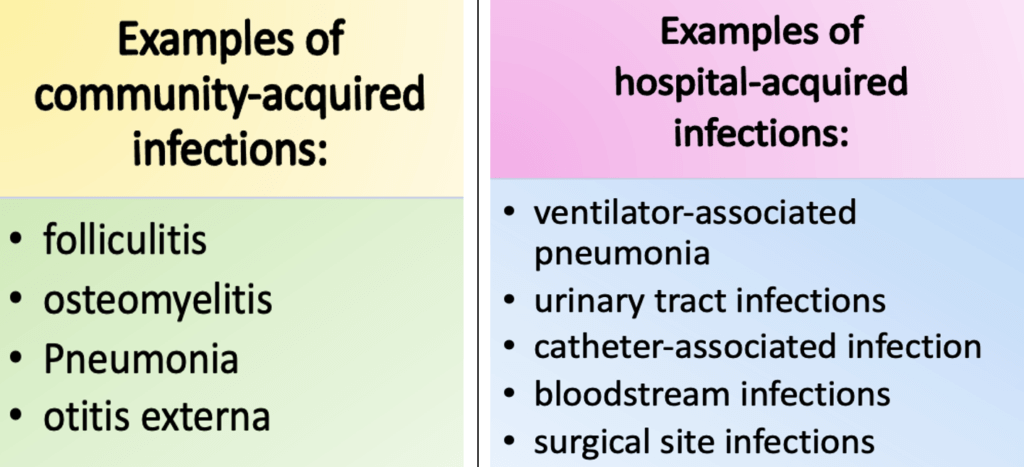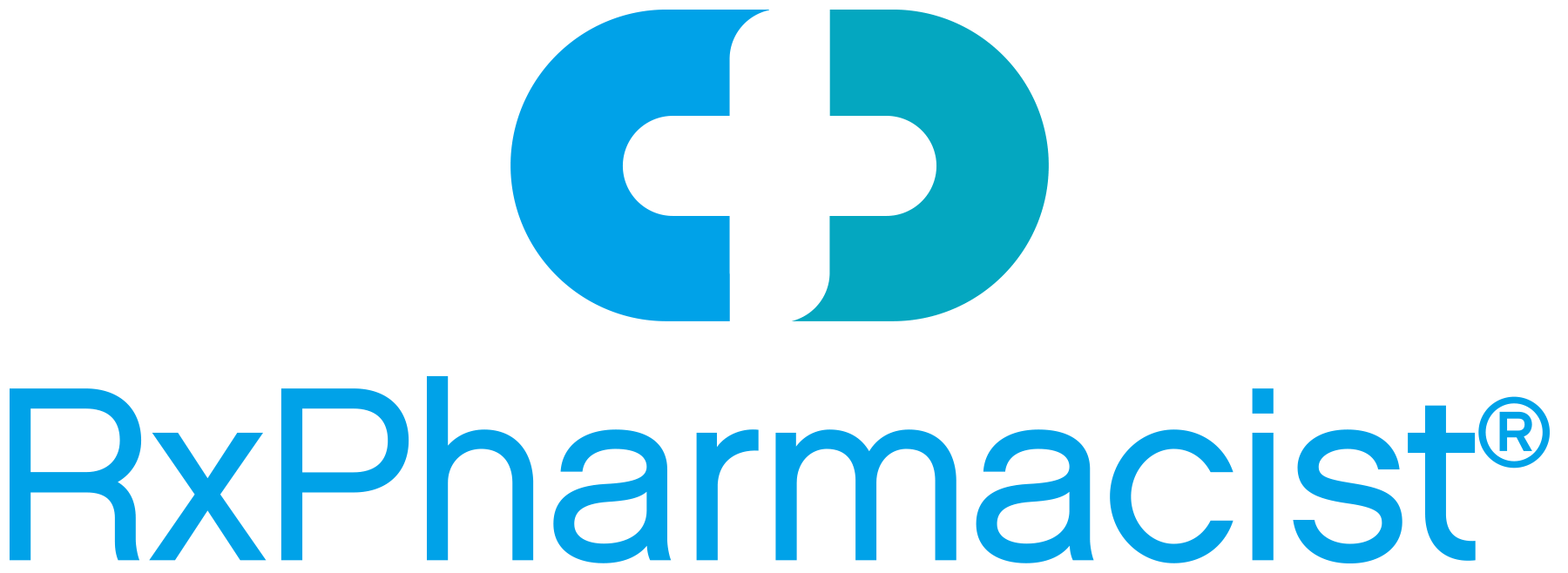
Pseudomonas aeruginosa is a type of bacteria that causes a variety of different infections. In 2012, there were roughly 46,000 individuals hospitalized due to multidrug-resistant Pseudomonas aeruginosa. Similarly in 2017, there were roughly 32,600 hospitalizations due to infections caused by this bacterium, and roughly 2,700 deaths occurred. It has been shown that between 2012 and 2017, the infections of multidrug-resistant Pseudomonas aeruginosa infections have been decreasing due to the continued efforts to prescribe the correct antibiotics.
Pseudomonas aeruginosa is an aerobic, gram-negative, non-sporing forming rod. It can be found in freshwater and the environment. Anyone can acquire this type of infection, but more commonly, it does affect individuals with weakened immune systems or those in hospital settings. The most common risk factors for patients in the hospital setting are catheters, surgery, and breathing machines. Individuals that are commonly infected are patients with cystic fibrosis, AIDS, neutropenia, burns, cancer, and organ transplantation. Overall, these bacteria can spread through contaminated surfaces, equipment, or by touching contaminated hands.

Antibiotics are used to treat these types of infections. This type of bacteria is affected by antibiotic resistance. Most commonly, patients are started on a broad-spectrum antibiotic. Local antibiograms should be used to determine the correct empiric therapy. If a patient has one or more risk factors for multi-drug resistant organisms, septic shock, respiratory failure with mechanical ventilation, or intensive care unit admissions, they may require double pseudomonal coverage. The drug classes commonly used are carbapenems, cephalosporins, aminoglycosides, fluoroquinolones, and others.

The specimen is sent off to the laboratory to confirm the exact type of bacteria that is growing. After that, the specific bacteria will be tested against all the antibiotics to determine which antibiotic it is susceptible. Next, narrowing down the antibiotic for the patient will ensure coverage of only that specific bacterium that is growing. Once the results come back, the antibiotic selection will be made based on the susceptibilities, the area where the bacteria are growing, and other patient-specific factors.
For this type of infection, it is important to make sure that the patient not only receives the appropriate antibiotic, but also the appropriate duration and dosage form as well. Oral and IV antibiotics selection is usually dependent on the infection itself and the site of infection. Patients might be required to be on extended courses of antibiotics to ensure that all the bacteria are killed. Sometimes, antibiotics are not the only form of action needed to get rid of the infection. If the infection is deep, patients may be required to take extended intravenous (IV) antibiotics and undergo surgical debridement. This is when interprofessional healthcare teams are important to select the appropriate treatments to make sure that the infection will be gone entirely.
Pseudomonas aeruginosa can cause serious types of infections. It most commonly affects patients in the hospital setting or immunocompromised patients. There are various antibiotics that can be used to treat these types of infections. Due to multidrug resistance seen with these bacteria, it is important to send off the specimen to the laboratory to ensure that physicians or other healthcare professionals can narrow the antibiotic that is susceptible so that it can get to the site of action. Sometimes in certain cases, antibiotics may not be the only form of treatment used for patients to get rid of these infections, which is why interprofessional teams in these situations are very beneficial in considering all specific factors to ensure patients receive the best care possible.
Dagmara Zajac
RxPharmacist Team
References:
- Wilson MG, Pandey S. Pseudomonas Aeruginosa. [Updated 2022 Aug 28]. In: StatPearls [Internet]. Treasure Island (FL): StatPearls Publishing; 2022 Jan-. Available from: https://www.ncbi.nlm.nih.gov/books/NBK557831/
- Pseudomonas aeruginosa infection. Centers for Disease Control and Prevention. https://www.cdc.gov/hai/organisms/pseudomonas.html. Published November 13, 2019. Accessed December 10, 2022.
- 2019 antibiotic resistance threats report. Centers for Disease Control and Prevention. https://www.cdc.gov/drugresistance/biggest-threats.html. Published November 23, 2021. Accessed December 10, 2022.
